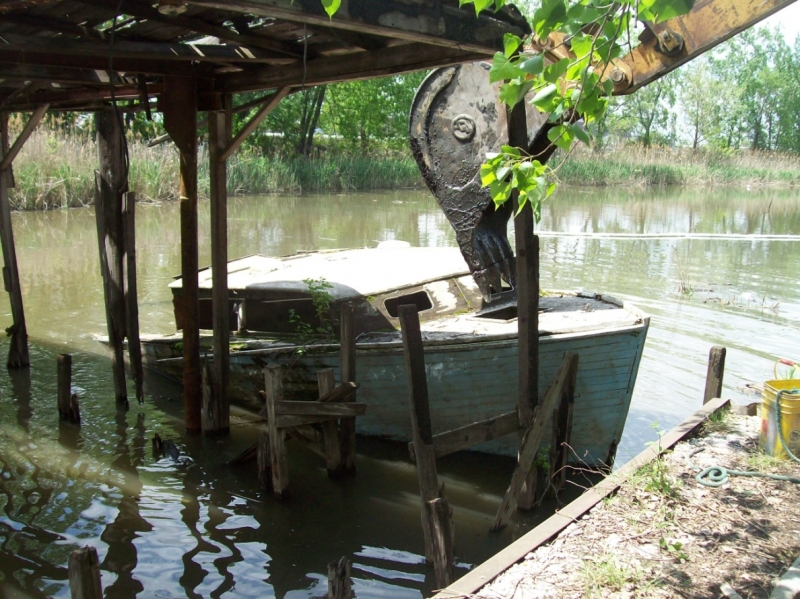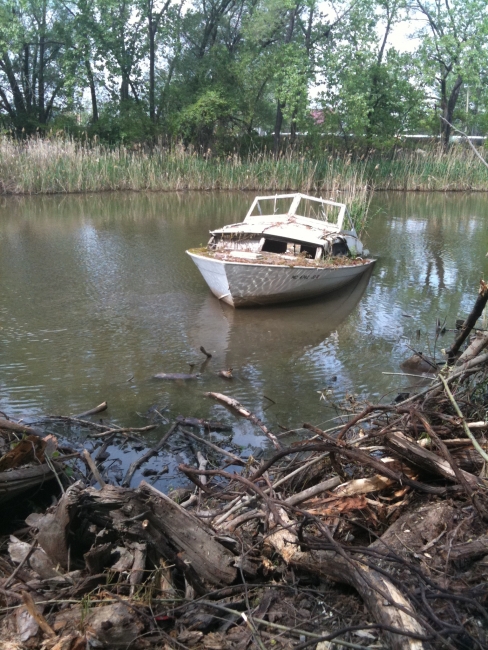 Over the years of the NOAA Marine Debris Program, there have been many efforts around the country to rid our waters and shores of marine debris. As part of our ten-year anniversary celebration, let’s take a look back at one of those efforts in our Great Lakes region.
Over the years of the NOAA Marine Debris Program, there have been many efforts around the country to rid our waters and shores of marine debris. As part of our ten-year anniversary celebration, let’s take a look back at one of those efforts in our Great Lakes region.
Fordson Island, in the Lower Rouge River, is located near Detroit, Michigan, and was the site of some pretty neat removal efforts back in 2011. The area actually has some cool history which you can read more about here. The shore of Fordson Island, which hosts some of the last remaining undeveloped habitat in a very industrialized area, was unfortunately the site of a lot of marine debris, most notably abandoned and derelict vessels.

To address this issue, the Detroit/Wayne County Port Authority (DWCPA) was awarded a NOAA Marine Debris Program Community-based Marine Debris Removal Grant as well as funds from the Great Lakes Restoration Initiative. With help from Friends of the Rouge, Southwest Detroit Environmental Vision (SDEV), and AKT Peerless Environmental & Energy Services, the DWCPA then set out to remove these abandoned vessels from the Rouge River.
This project culminated with 21 boats removed from the channel and near-shore area of Fordson Island. These boats and the additional surface debris that was collected totaled approximately 122 tons of debris removed from this area. In response, the local community came together to continue the effort by scheduling five volunteer events and going on to remove over 365 cubic yards of debris from the island.

For more information on this project, check out this old blog post or the project profile on our website.

